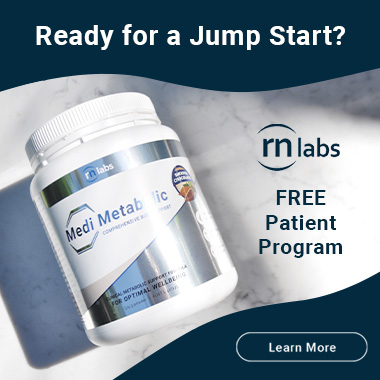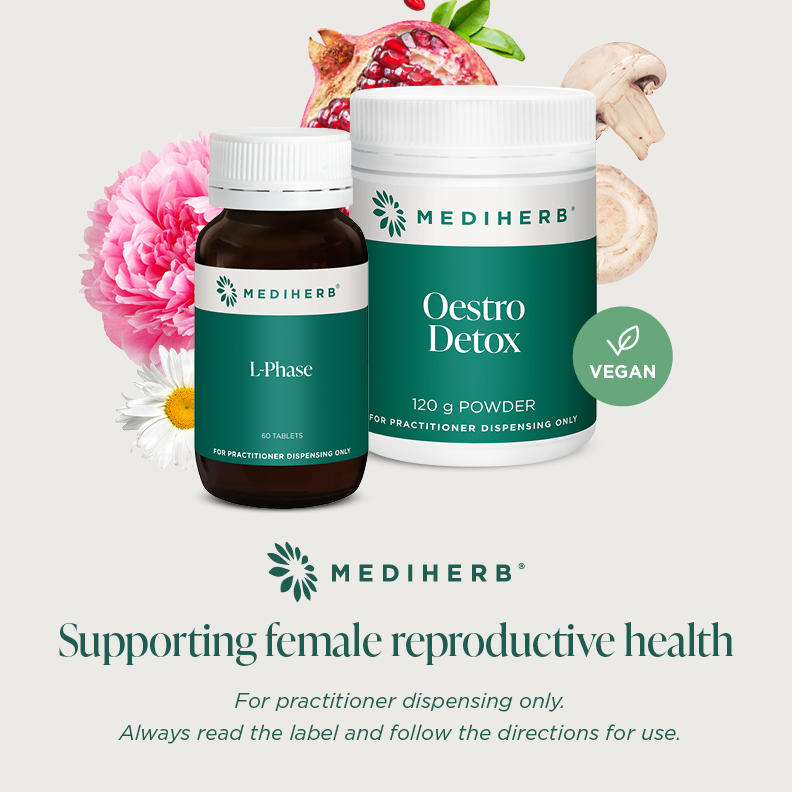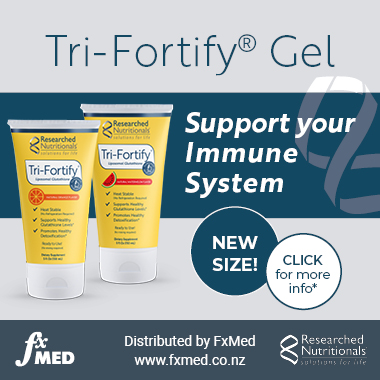Volume 35 Issue 4
Editorial
Susan Arentz
For referencing Arentz S. Editorial. The Australian Journal of Herbal and Naturopathic Medicine 2023;35(4):148-150.
DOI 10.33235/ajhnm.35.4.148-150
Salute to clinicians/educators in naturopathy and herbal medicine
Education is not the learning of facts, but the training of the mind to think – Albert Einstein.
One of the pivotal roles of naturopaths in clinical practice is as an educator. It is underlined by the codified naturopathic principle of ‘doctor as teacher’ (docere)1. Education in clinical practice occurs in many ways. For example, naturopaths provide updated information about conditions, show how treatments work in the body, and explain how behavioural changes can enhance health. Educational techniques can vary depending on desired outcomes. Behavioural change as a strategy to improve health requires more complex educational techniques compared to other types of information. For example, supporting selection of the most absorbable vitamin D is a lot less complex than providing greater mobility through an exercise program for an overweight person in pain. Greater complexity in education theoretically brings greater benefits such as deeper understanding and longer lasting effects; however, it also carries risk. I speak on this as an investigator, as it was one of the main findings of my research that gave voice to women with polycystic ovary syndrome (PCOS)2.
There are only a few ways that we can know about the impact of health education on behavioural change. We can ask recipients about their experiences, observe their behaviours, check levels of compliance and follow-up health status. We can also check broadly from a population health point of view and find out if clinical health education has translated to better health outcomes at a population level. It turns out that this later method has shown that lifestyle education which is supposed to improve health through healthy behaviours has not got through. For populations with lifestyle-related chronic diseases, and evidence-based lifestyle recommendations, clinical education around behavioural change has not translated to better health outcomes. The extensive literature and growing cost on the public health purse outlines that this persistent health problem as one which health policy now seeks to address3. It articulates a gap in healthcare for which naturopaths and herbalists may be perfect to fill4. But before we put up our hands, shouldn’t we ensure that we are equipped to deliver on a problem that has stumped so many others?
It is already known that patient empowerment is an integral outcome of health education. Empowerment is when practitioners acknowledge patients’ control and use educational strategies to increase peoples’ capacity to think critically and make autonomous, informed decisions that facilitate effective selfcare5. It is argued, however, that there is a disconnect between practitioners knowing the empowerment model and their capability to authentically empower their patients. Of the 500 odd people with PCOS who were asked, many expressed dissatisfactions with the lifestyle advice provided by practitioners in clinic settings. From 2014, it has not yet improved, as more recent investigations reveal that people with PCOS believe that practitioners don’t even care about them, which is a substantial failure of empowerment through health education6,7. For PCOS, clinical encounters carry a risk of trauma and harm, of worsening health, discouragement, and disengagement from healthy lifestyle behaviours. It is a limitation of healthcare disciplines with theoretical capacity to address this health issue. Patients’ refusal of information shows up in the growing prevalence of worsening health for people with chronic disease, and the situation is partly because of the way that clinicians provide health education. The focus on patients and their compliance seldom considers the impact of health practitioners’ approach, and it is not until we address this aspect of healthcare that behavioural change education will translate to improved chronic disease health outcomes.
A disconnection between practitioners believing in the empowerment model and yet behaving in ways that completely contradict it, without being aware of the contradiction, has been outlined for certain health disciplines, including cardiology, physiotherapy and others5. The situation has been described as “we see the world through our eyes, but we cannot see our eyes” – health practitioners see people through their professional identity, but they cannot see their professional identity5. This takes us to another education setting. Health discipline character is shaped during the socialisation that occurs during professional education, where health practitioners learn a set of responsibilities and expectations that are embedded in their professional identity. New educational strategies are being introduced into undergrad programs to support self-awareness, to improve practitioners’ insight and alter social ecology with the aim to improve graduates’ capacity for providing effective and safe clinical education.
Educational strategies include critical appraisal of personal beliefs, reactions and behaviour from different perspectives, mapped against outcomes from tertiary education research8. In addition to providing intellectual and technical knowledge, undergraduate health programs now come embedded with emotional and physical experiences. One of the main objectives is to provide psychologically safe settings and to raise controversial issues that highlight diverse perspectives, and facilitate moments of discovery and lessons learnt to take home. At the base of this pedagogy is building trust, to enable people to be vulnerable and learn from diverse views. Reshaping pedagogical approaches that stimulate cognition linked to emotional learning and hands-on experience has been shown to be more effective than traditional methods such as having an expert stand up in front of a class and impart their wisdom8.
Effective relationships with patients in the clinic are an evidenced strength of practising naturopaths; patients consistently cite feeling empowered, respected and heard9. It is an important reflection of professional identity and culture, as it highlights an area of success in naturopathic and herbal undergrad programs and is a salient point in the argument for a more prominent primary health role.
Naturopathic educators with a clinical background have first hand experience in therapeutic relationships, and naturally value psychological safety, warmth, collaboration and respect that is essential for laying foundations for experiential learning and safe critique of the health discipline role10. The evidence suggests that employing clinicians as teachers has served as a resource and provided a workforce that reflects on practice behaviour, emotions and attitudes with awareness and understanding of self-management decisions11. Whilst educators with pure academic backgrounds might support the profession by generating research, the employment of teachers with clinical experience represents currency and capital and a broad scope of practice; these qualities are needed in the modelling process associated with the new pedagogy of clinical education.
As learning design is increasingly focused on humanistic qualities that are already inherent in naturopathy and herbal medicine, a greater number of reflective health graduates from all disciplines will be dispersed in general healthcare, hopefully leading to safe health education and provision of effective behavioural change, and better health outcomes.
The entrenched contribution of clinicians/teachers in naturopathy and herbal education has served our professions beyond words. As naturopaths and herbalists lobby for a greater recognition in healthcare systems, it is important to acknowledge the work that has been done, that first-hand experience inspires students and the profession and intuitively aligns with addressing current population health needs. Valuing clinician/educators reassures the profession of an inclusive step forward that ensures permanently entrenched important experiences in naturopathic and herbal education.
This issue, the last of 2023, presents a couple of photos of our clinicians/educators at the NHAA conference. These are a mere token of the many who contribute body and soul to the future of our professions.
This issue includes a huge systematic review of nutritional supplements for weight loss. Written by a group in Iran, it summarises findings from 324 pieces of evidence. Herbal medicines with evidence of weight loss effects include Portulaca oleracea, Garcinia cambogia, Gymnema sylvestre and Camellia sinensis. I’d like to thank the reviewers from University of Sydney who recognised the value of publishing this information to support evidence-based recommendations for naturopathic and herbal medicine management.
The second article is focused on one of the conditions that being overweight can exacerbate, osteoarthritis of the knee. In this case series of three people with osteoarthritis of the knee, tea tree oil mixed with coconut oil showed potential reductions of pain and increased mobility.
Finally, in this bumper issue, there is a protocol for a randomised controlled trial that will evaluate the effectiveness of zucchini seed oil (Cucurbita pepo) for treatment of nipple fissures in breastfeeding. Publishing protocols is important to ensure the actual trial is conducted according to a priori methodology and an important step in the process of rigour and transparency in clinical trials.
Signing off for 2023, on behalf of the editorial team and publishers, thank you for your continued support of the AJHNM and best wishers to you and yours over the festive season.
Author(s)
Susan Arentz PhD, BHSc(Hons)
Editor, Australian Journal of Herbal and Naturopathic Medicine
PO Box 696, Ashfield, NSW 2131, Australia
Email editor.ajhnm@nhaa.org.au
References
- Snider P, Zeff J. Unifying principles of naturopathic medicine origins and definitions. Integrative Medicine: A Clinician’s Journal 2019;18:36.
- Arentz S, Smith CA, Abbott J, Bensoussan A. Perceptions and experiences of lifestyle interventions in women with polycystic ovary syndrome (PCOS), as a management strategy for symptoms of PCOS. BMC Women’s Health 2021;21:1–8.
- Commonwealth Government Department of Health. National preventative health strategy 2022–2030. Valuing health before illness and living longer. Canberra: Commonwealth of Australia; 2021.
- Steel A, Foley H, Bradley R, et al. Overview of international naturopathic practice and patient characteristics: results from a cross-sectional study in 14 countries. BMC Complementary Medicine and Therapies 2020;20:1–12.
- Anderson RM, Funnell MM. Patient empowerment: myths and misconceptions. Patient Education and Counseling 2010;79:277–82.
- Sydora BC, Wilke MS, McPherson M, Chambers S, Ghosh M, Vine DF. Challenges in diagnosis and health care in polycystic ovary syndrome in Canada: a patient view to improve health care. BMC Women’s Health 2023;23:569.
- Ismayilova M, Yaya S. “I felt like she didn’t take me seriously”: a multi-methods study examining patient satisfaction and experiences with polycystic ovary syndrome (PCOS) in Canada. BMC Women’s Health 2022;22:1–21.
- Samarasekera DD, Lee SS, Yeo JH, Yeo SP, Ponnamperuma G. Empathy in health professions education: what works, gaps and areas for improvement. Medical Education 2023;57:86–101.
- Foley H, Steel A. Patient perceptions of patient-centred care, empathy and empowerment in complementary medicine clinical practice: a cross-sectional study. Advances in Integrative Medicine 2017;4:22–30.
- Leach MJ. Development and validation of the ADVANCER framework for naturopathic education and practice: a Delphi study. Complementary Therapies in Clinical Practice 2021;44:101397.
- Leach MJ, Barnes LA, McLintock A, Diezel HM, Ryan K, Steel AE. Transitioning to practice: a qualitative investigation of Australian graduate naturopath’s experiences of being in practice. BMC Complementary Medicine and Therapies 2021;21:1–10.






